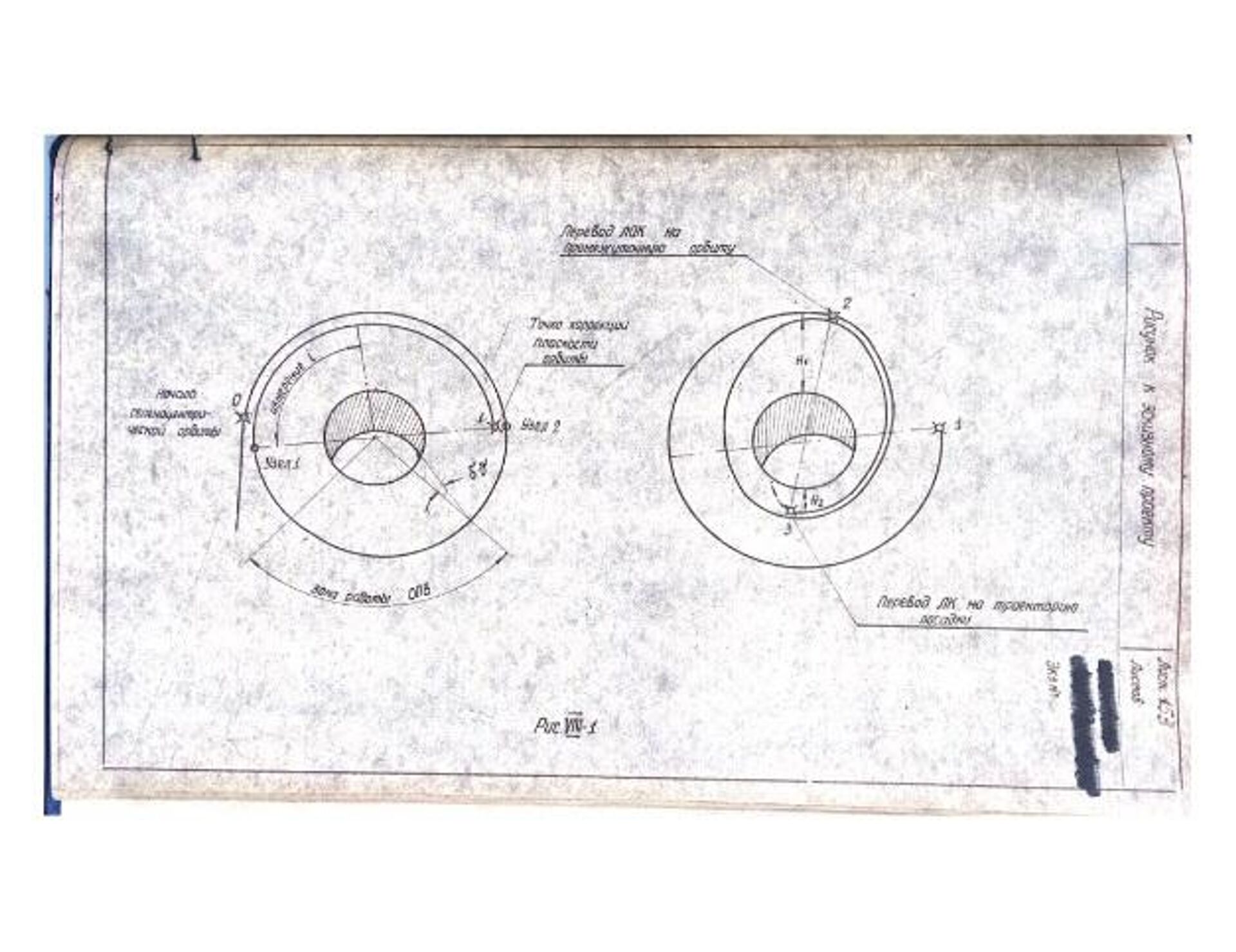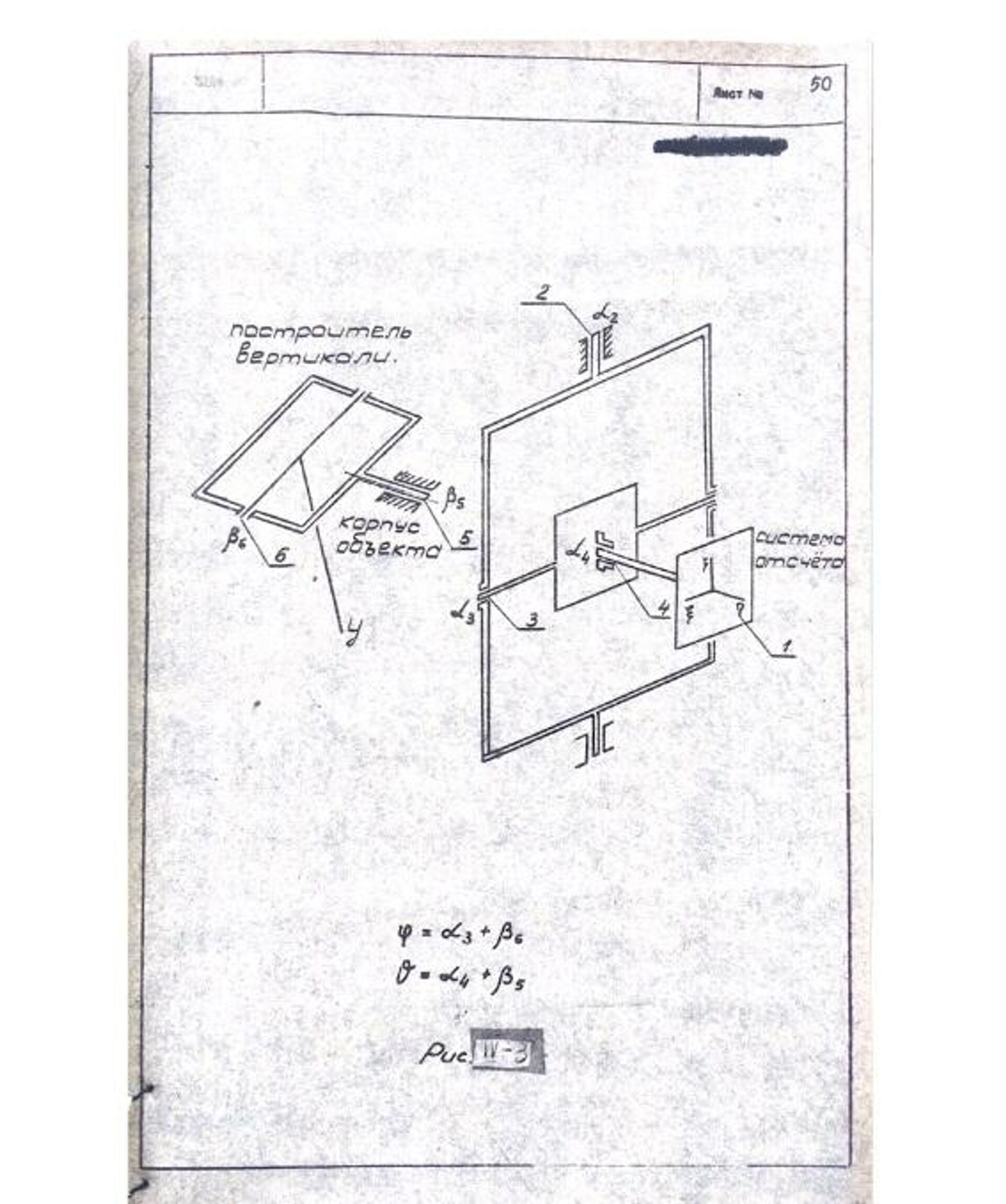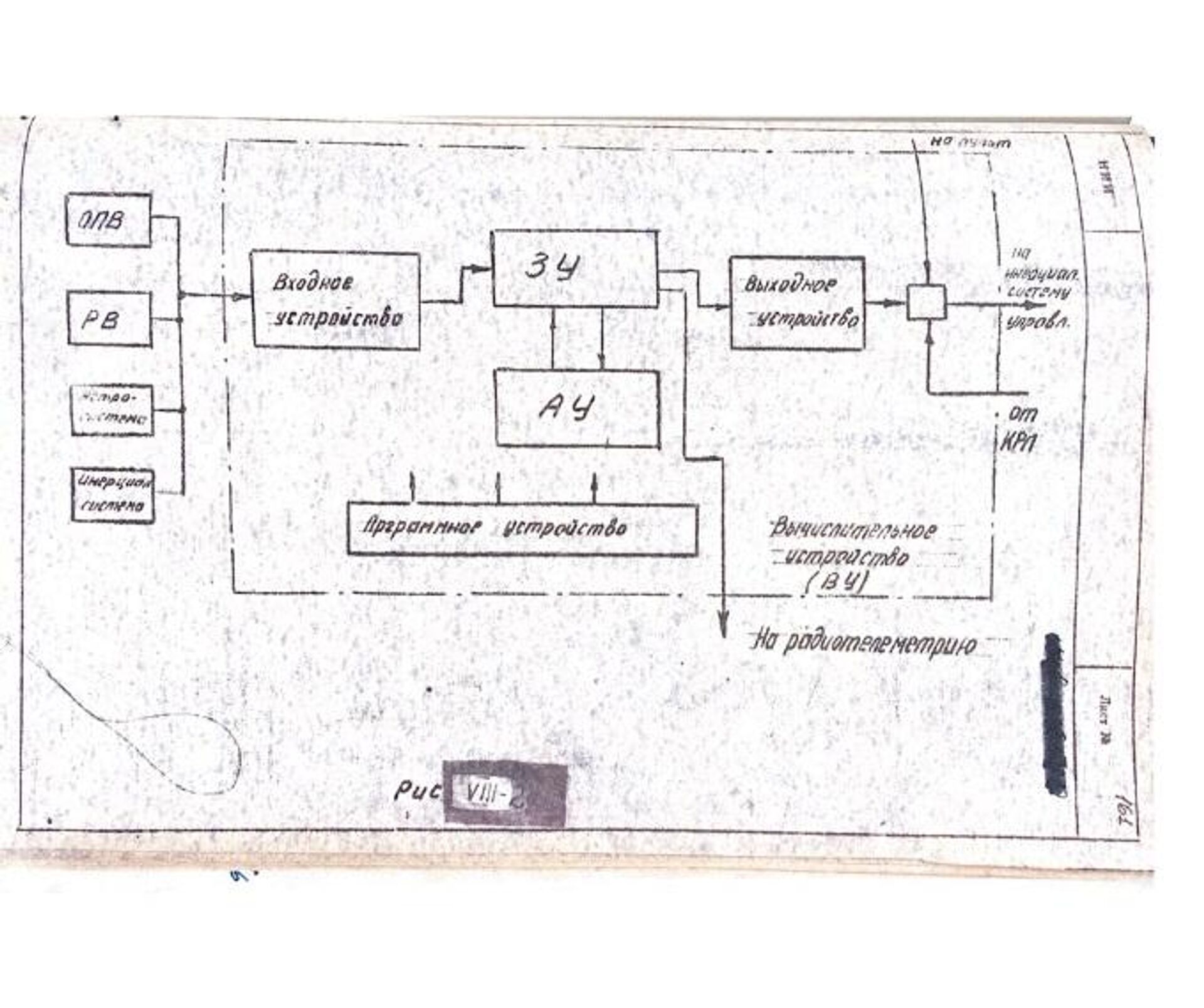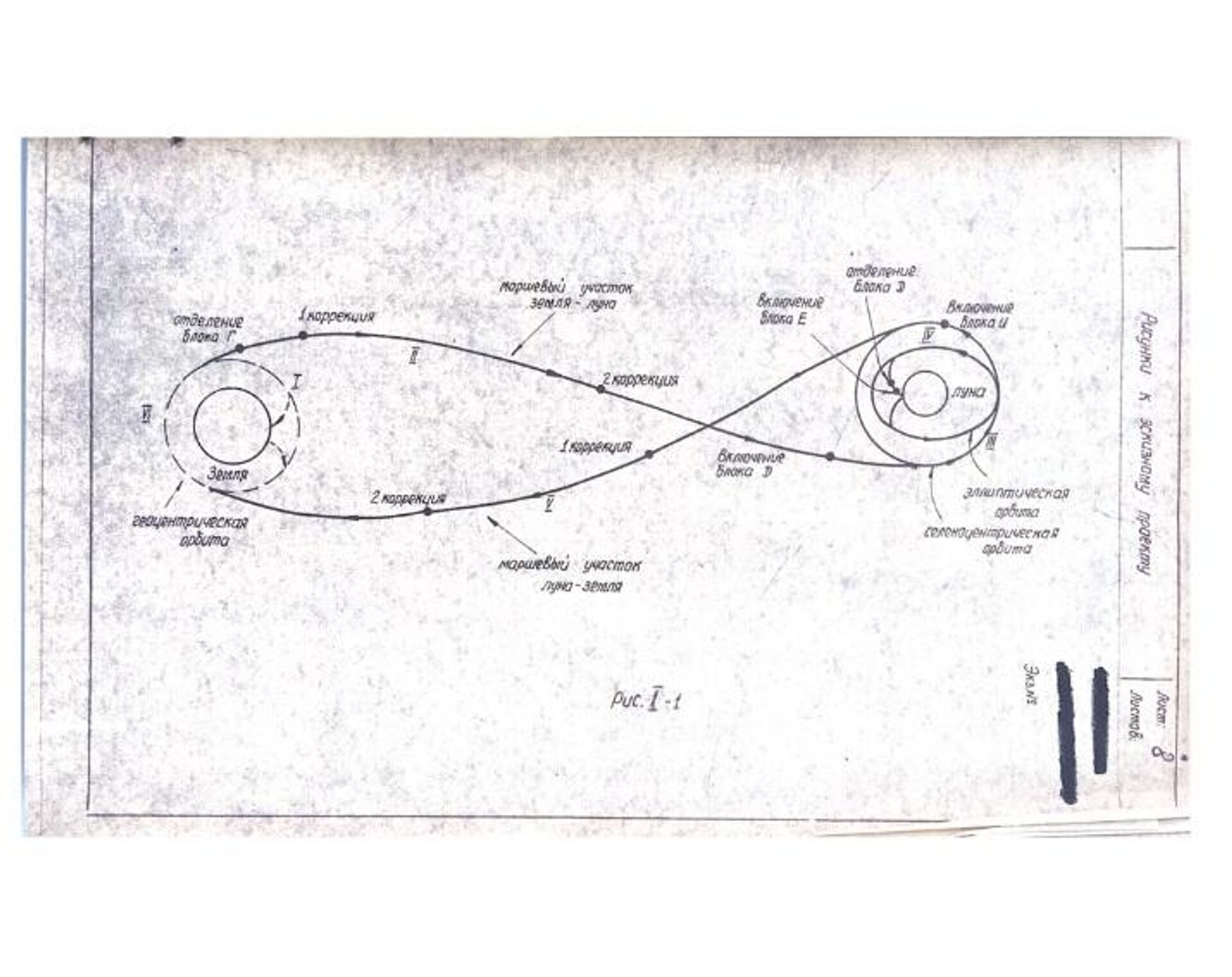https://sputnikglobe.com/20211015/declassified-docs-reveal-ussr-planned-to-build-advanced-control-system-for-moon-mission-spacecraft-1089955839.html
Declassified Docs Reveal USSR Planned to Build Advanced Control System for Moon Mission Spacecraft
Declassified Docs Reveal USSR Planned to Build Advanced Control System for Moon Mission Spacecraft
Sputnik International
The USSR launched the first artificial satellite, animal, man and woman into space, carried out the first spacewalk, sent a spacecraft to take the first... 15.10.2021, Sputnik International
2021-10-15T17:28+0000
2021-10-15T17:28+0000
2021-10-15T17:28+0000
soviet union
moon mission
https://cdn1.img.sputnikglobe.com/img/07e4/09/18/1080563530_46:0:844:449_1920x0_80_0_0_b2099d1c7bc1104acb309afba755cb44.png
Engineers working on the Soviet Union’s manned Moon mission programme planned to build a sophisticated electronic control system capable of independently examining and determining a landing site for the spacecraft carrying cosmonauts to the celestial body, a declassified report has revealed.The 167-page secret document, originally published in 1965 and recently declassified by Russian Space Systems, a Roscosmos subsidiary specializing in the development, manufacture and operation of space information systems, is entitled the ‘Automated Radio-electronic System of Control for the N1/L3.”The N1/L3 was the customized super heavy-lift launch vehicle intended to deliver the spacecraft to orbit for the Soviet manned Moon mission, but a series of failed tests and other problems with the rocket ended up putting the mission on hold indefinitely.Automated FlightThe detailed technical report outlines the principles of the automated control system’s operation, and assumes it would carry out a majority of the mission’s flight tasks, including a scan of the landing area and making the determination on an appropriate landing site.It was envisioned that the system would measure a wide range of parameters, including the spacecraft’s precise location at any moment, its movement speed and trajectory. The system could generate corrections to these parameters independently while in flight, without relying on ground control. Engineers proposed that even those controls which were left in the hands of human operators would be duplicated throughout the flight. These systems was envisioned to have the advantage of not requiring a permanent communications link with Earth, and therefore not being affected by potential signal loss or delay.Automation did not mean putting cosmonauts lives entirely in the hands of machines though, with the spaceship’s crew and ground control still able to manually override automated systems in the event of an emergency.Moon Mission PhasesThe report also includes a detailed plan for the stages of the manned spacecraft’s trip to the Moon and return to Earth. The plan proposed that the N1/L3 rocket – which consisted of four stages, including the orbital spacecraft and lunar module, would blast off into orbit around Earth and be placed into geocentric orbit. From there, the spacecraft carrying three cosmonauts would be accelerated and placed in a selenocentric orbit. Following corrections in trajectory, the orbiter’s lander capsule would descend to the Moon’s surface and perform a soft landing.After taking off from the Moon’s surface and docking with the orbiting spacecraft, the crew would begin the long journey back to Earth, with reentry into Earth orbit followed by a controlled descent.The plan was remarkably similar to the US Apollo programme, which followed the same basic steps with its successful Apollo 11 mission in July 1969 and all subsequent American forays to the Moon until 1972.The Apollo programme featured an advanced onboard digital computer – installed aboard the command and lunar module, and assisting in guidance, navigation and control of the spacecraft, but still dependent on astronauts to help with the flight. The computer was created in the early 1960s by the Massachusetts Institute of Technology’s Instrumentation Laboratory, with the hardware built by US defence giant Raytheon.The failure of the N1/L3 rocket design, the Soviets’ late start behind the US, the death of Soviet chief rocket designer Sergei Korolev in 1966, competition with the military and between various Soviet design bureaus for scarce resources, all contributed to the failure of the USSR’s plans to send human beings to the Moon.In the shadow of Apollo, the Soviets continued a series of firsts in the space race, successfully landing a spacecraft on Venus and Mars in 1970 and 1971, and building the Salyut 1 – the world’s first space station, and granddaddy to the International Space Station, in 1971. Nevertheless, in the eyes of many Western historians, Apollo’s success marked America’s victory in the space race.Despite the failure of the Soviet Moon mission, the automated control system idea envisioned in the declassified 1965 document proved visionary. In November 1988, the Buran space shuttle successfully carried out an uncrewed three-and-a-half hour flight, returned to Earth and landed on the runway at Baikonur Cosmodrome, just three meters from its target mark, using its onboard computer. The feat of engineering remained unmatched until the Boeing X-37B spaceplane’s successful landing at Vanderberg Air Force Base in December 2010.
soviet union
Sputnik International
feedback@sputniknews.com
+74956456601
MIA „Rossiya Segodnya“
2021
News
en_EN
Sputnik International
feedback@sputniknews.com
+74956456601
MIA „Rossiya Segodnya“
Sputnik International
feedback@sputniknews.com
+74956456601
MIA „Rossiya Segodnya“
soviet union, moon mission
soviet union, moon mission
Declassified Docs Reveal USSR Planned to Build Advanced Control System for Moon Mission Spacecraft
The USSR launched the first artificial satellite, animal, man and woman into space, carried out the first spacewalk, sent a spacecraft to take the first photographs of the far side of the Moon, and conducted the first soft landing of a craft on the Moon’s surface, but lost the race to send humans to the celestial body to the United States in 1969.
Engineers working on the Soviet Union’s manned Moon mission programme planned to build a sophisticated electronic control system capable of independently examining and determining a landing site for the spacecraft carrying cosmonauts to the celestial body, a declassified report has revealed.
The 167-page secret
document, originally published in 1965 and recently declassified by Russian Space Systems, a Roscosmos subsidiary specializing in the development, manufacture and operation of space information systems, is entitled the ‘Automated Radio-electronic System of Control for the N1/L3.”
The N1/L3 was the customized super heavy-lift launch vehicle intended to deliver the spacecraft to orbit for the Soviet manned Moon mission, but a series of failed tests and other problems with the rocket ended up putting the mission on hold indefinitely.
The detailed technical report outlines the principles of the automated control system’s operation, and assumes it would carry out a majority of the mission’s flight tasks, including a scan of the landing area and making the determination on an appropriate landing site.
It was envisioned that the system would measure a wide range of parameters, including the spacecraft’s precise location at any moment, its movement speed and trajectory. The system could generate corrections to these parameters independently while in flight, without relying on ground control. Engineers proposed that even those controls which were left in the hands of human operators would be duplicated throughout the flight. These systems was envisioned to have the advantage of not requiring a permanent communications link with Earth, and therefore not being affected by potential signal loss or delay.
Automation did not mean putting cosmonauts lives entirely in the hands of machines though, with the spaceship’s crew and ground control still able to manually override automated systems in the event of an emergency.
The report also includes a detailed plan for the stages of the manned spacecraft’s trip to the Moon and return to Earth. The plan proposed that the N1/L3 rocket – which consisted of four stages, including the orbital spacecraft and lunar module, would blast off into orbit around Earth and be placed into geocentric orbit. From there, the spacecraft carrying three cosmonauts would be accelerated and placed in a selenocentric orbit. Following corrections in trajectory, the orbiter’s lander capsule would descend to the Moon’s surface and perform a soft landing.
After taking off from the Moon’s surface and docking with the orbiting spacecraft, the crew would begin the long journey back to Earth, with reentry into Earth orbit followed by a controlled descent.
The plan was remarkably similar to the US Apollo programme, which followed the same basic steps with its successful Apollo 11 mission in July 1969 and all subsequent American forays to the Moon until 1972.
The Apollo programme featured an advanced onboard digital computer – installed aboard the command and lunar module, and assisting in guidance, navigation and control of the spacecraft, but still dependent on astronauts to help with the flight. The computer was created in the early 1960s by the Massachusetts Institute of Technology’s Instrumentation Laboratory, with the hardware built by US defence giant Raytheon.
The failure of the N1/L3 rocket design, the Soviets’ late start behind the US, the death of Soviet chief rocket designer Sergei Korolev in 1966, competition with the military and between various Soviet design bureaus for scarce resources,
all contributed to the failure of the USSR’s plans to send human beings to the Moon.
In the shadow of Apollo, the Soviets continued a series of firsts in the space race, successfully landing a spacecraft on Venus and Mars in 1970 and 1971, and building the Salyut 1 – the world’s first space station, and granddaddy to the International Space Station, in 1971. Nevertheless, in the eyes of many Western historians, Apollo’s success marked America’s victory in the space race.
Despite the failure of the Soviet Moon mission, the automated control system idea envisioned in the declassified 1965 document proved visionary. In November 1988, the Buran space shuttle successfully carried out an uncrewed three-and-a-half hour flight, returned to Earth and landed on the runway at Baikonur Cosmodrome, just three meters from its target mark, using its onboard computer. The feat of engineering remained unmatched until the Boeing X-37B spaceplane’s successful landing at Vanderberg Air Force Base in December 2010.





